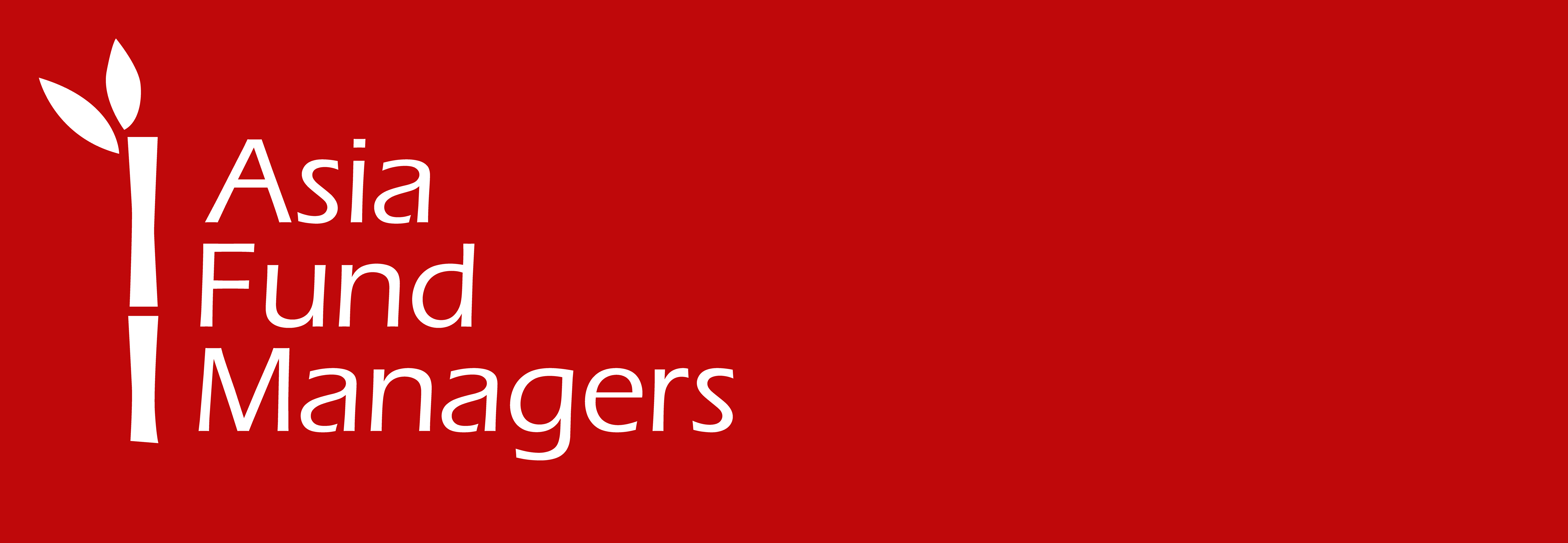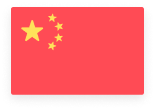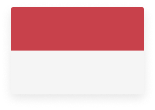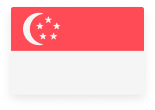Singapore is a high-income economy, known for its excellent finances and a high degree of openness. Being one of the most competitive economies worldwide, Singapore is well known for providing one of the most business-friendly environments globally.
Since achieving independence in 1965, Singapore transformed itself from a small domestic market economy with high unemployment and poverty levels to a highly developed, free-market economy, through decades of industrialisation.
The city-state is highly urbanised, with a population of 5.3 million. English is one of Singapore’s official languages and is the most spoken language, particularly in business.
At present, GDP growth is driven mainly by exports and domestic demand. Singapore’s GDP went down by 4.1% in 2020 amidst the coronavirus pandemic. However, as more vaccines became available, and activity picked up, the economy expanded by 7.6% in 2021, the highest rate in a decade since 2010 recorded full-year expansion of 14.5%. However, growth is slowing down: Singapore’s Ministry of Trade and Industry (MTI) expects growth of 3.5% in 2022 and forecasts growth of 2.5% in 2023. The IMF forecasts growth of 3.0% for 2022.
The country’s GDP per capita is among the highest in the region and globally. However, it went down from $65,000 in 2019 to $59,000 in 2020. This increased considerably to $72,794 in 2021 an almost 19% increase from 2020. The figure is forecasted to touch $79,426 in 2022 and $84,500 in 2023.
Singapore GDP Annual Growth Rate (in %)
Unemployment still exists but at a very low rate attributed to changes in the economy’s structure such as outsourcing low-skilled jobs. In 2019, Singapore’s unemployment rate was at 2.3%, and surged during the pandemic to 3.0%. The rate declined to 2.6% in 2021 and stood at 2.0% in September 2022, indicating a recovery.
Singapore Unemployment Rate (in %)
Currency and central bank
The Singapore dollar or SGD is the country’s official currency and is divided into 100 cents. It is often represented with the dollar sign ($) or S$ to distinguish itself from other dollar currencies. Banknotes and coins are issued by its central bank, the Monetary Authority of Singapore (MAS).
In terms of value, the Singapore dollar ranks 11th as the most traded currency worldwide as of 2021 and is considered one of the strongest values in the Asia-Pacific region. Aside from serving as the central bank, the MAS, currently headed by its chairman Tharman Shanmugaratnam, also functions as the country’s financial regulatory authority.
Inflation in Singapore was at 0.6% in 2019 and entered the negative territory in 2020 at -0.4%. Since then, inflation has been rising. MAS expects core inflation to stay elevated at about 5% for the rest of 2022 and into the first half of 2023.
Singapore Inflation (in %)
Industry and Trade
The main sectors of Singapore’s economy are industry, services, and agriculture. However, agriculture’s contribution to GDP is almost non-existent, and it provides only 0.3% of jobs to the workforce.
As a highly industrialized economy, the country’s industrial sector comprises 24.3% of the GDP and provides work for 15.2% of the working population in 2020. Among the country’s leading industries are electronics, petrochemicals, biomedical sciences, logistics, and transport engineering.
Meanwhile, its service sector has the most significant GDP contribution at 70.9% and employs 84.1% of Singapore’s workforce. Trade, business services, transportation, communications, and financial services are the country’s biggest service categories.
Singapore is currently ranked 16th in terms of total exports, with integrated circuits, refined petroleum, gold, gas turbines, and packaged medicaments as its main export products. Its top export partners are China, Hong Kong, Malaysia, the US, and Indonesia.
Meanwhile, the country is 16th in total imports and its top import products are integrated circuits, refined petroleum, crude petroleum, gold, and gas turbines. China, Malaysia, the US, Taiwan, and Japan are its main import partners.
Singapore Balance of Trade
Stock Exchanges and Capital Markets
The Singapore Exchange or SGX remains the sole stock exchange in the country. It is a multi-asset exchange that operates equity, fixed income and derivatives markets, and provides listing, trading, clearing, settlement, depository, and data services. It is the largest stock market exchange in Southeast Asia. As of October 2022, the market capitalization of SGX stood at $561 bn with more than 770 listed companies at current.
The SGX uses the FTSE Straits Times Index or STI as its benchmark index. The STI is a capitalisation-weighted stock market index that tracks the performance of the top 30 companies listed on the SGX.
Around 40% of the companies listed on the SGX are based outside the country, and it promotes itself as an offshore market for equity index derivatives, covering major Asian economies with the highest liquidity worldwide.
Along with London, New York, and Tokyo, Singapore is consistently listed as one of the world’s most active trading centres.
Bond Market
Singapore’s bond market continues to attract both local and foreign investors. Recognised as one of the most developed markets in Asia, the country is one of the few nations with a AAA credit rating from major rating agencies.
Singapore Government Securities (SGS) are debt securities issued by the country’s government. There are four types of SGS, namely Treasury Bills or T-bills, SGS Bonds, Singapore Savings Bonds (SSBs), and Cash Management Treasury Bills (CMTBs).
According to the MAS, SGS Bonds and T-bills are issued primarily to build market liquidity and provide a strong government yield curve, to expand an active secondary market for cash transactions and derivatives to achieve risk management efficiency, and to encourage domestic and international issuers and investors to participate in the country’s bond market.
Real Estate Market
Despite the effects of the Covid-19 pandemic, Singapore’s real estate market remained resilient. Property prices in Singapore have climbed in the past two years, and will likely keep going up despite the government’s efforts to cool the market, analysts and real estate agents told CNBC.
According to Mordor Intelligence, the real estate market of Singapore is expected to to register a CAGR of more than 3.2% between 2022-2027.
Calling Singapore’s real estate market “a safe haven for foreign investors”, the intelligence firm sees property value to be growing steadily. “According to sources, there were a total of 28,734 non-landed residential transactions in 2021, registering sales of $2 bn. This was a 57% increase from 2020, when the total transaction volume came to 18,295,” writes Mordor.
Singapore Housing Index (in %)
Source of charts: tradingeconomics.com








 Australia
Australia China
China India
India Indonesia
Indonesia Japan
Japan Malaysia
Malaysia Philippines
Philippines Singapore
Singapore South Korea
South Korea Taiwan
Taiwan Thailand
Thailand Vietnam
Vietnam
 Germany
Germany Hong Kong
Hong Kong USA
USA Switzerland
Switzerland Singapore
Singapore
 United Kingdom
United Kingdom Other / International
Other / International






